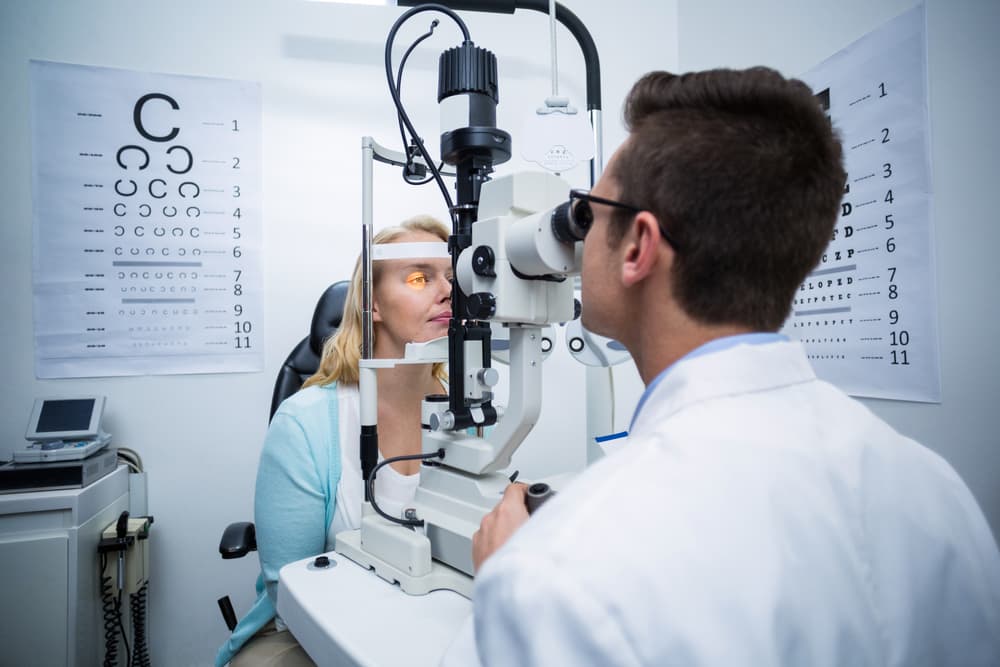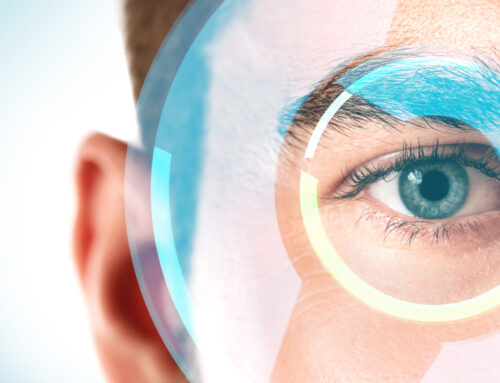Eyesight is something we all depend on every single day, yet we take it for granted. When there is a problem, we realize just how crucial this sense is to being able to be happy, healthy, and productive. For instance, seeing double can decrease your depth perception, making driving or walking more difficult. It can also be quite confusing and scary!
If you’re currently struggling with symptoms of double vision, it is time you speak to an Ophthalmologist about Diplopia. Double vision occurs when a person sees a double image where there should only be one. The two images can be side by side, on top of one another, or both. It is possible that your double vision is caused by this condition. The condition can affect balance, movement, your ability to read, and much more. If you do suffer from Diplopia, know that we have treatments available to help you regain your life again.
What is Diplopia?
Diplopia is when you see two images of the same thing. In layman’s terms, it is known as double vision. If you have double vision, you may also notice:
- Your eyes not lining up (a “wandering eye” or “cross-eyed” look)
- Pain when you move your eye
- Pain around your eyes, like in your temples or eyebrows
- Headache
- Nausea
- Weakness in your eyes or anywhere else
- Droopy eyelids
In order to understand Diplopia, it is helpful to understand the parts of the eye and how they’re affected by this condition. The cornea is the clear window into your eye. If your double vision goes away when you cover one eye but remains when you switch and cover the other eye, you might have cornea damage in the eye that’s seeing double.
Double vision when both eyes are open is called Binocular Diplopia. It might involve your muscles. If the muscle in one eye is weak, it won’t move in sync with the other eye. When you look in a direction controlled by the weak muscle, you see double.
Another possible cause for Diplopia could be the nerves in the eye. A variety of nerve problems with them can lead to double vision, including Multiple Sclerosis, Diabetes, and Guillain-Barre Syndrome. The nerves that control your eyes connect directly to your brain. This is where images are handled. The cause of double vision may start in the brain, like in the event of a stroke or brain tumor.
Treatment for Diplopia
Diplopia can affect anyone, but it’s most common in older adults over the age of 60. Thankfully, almost 90% of cases of double vision are temporary, can be treated, and have no long-term or serious implications for your health.
The most important thing to do once you’re experiencing double visions is to identify and treat the cause. Your doctor will probably use more than one test to find out what’s causing your Diplopia. This could be blood tests, a physical exam, or an imaging test like a CT exam and an MRI.
The treatment for double vision will usually depend on the underlying cause. The good news is that nearly everyone is able to be treated. Almost 70% of cases get better with medication and surgery, such as cataract surgery. Other Laser surgery options, like LASIK, are also possibilities, depending on the cause of your Diplopia. This treatment involves reshaping the cornea with a laser. For some, wearing special glasses can help as well.
Visit Eye Care Professionals of Reno to Learn More
Diplopia can occur due to various causes, some within the eye and some not. You won’t know the cause for your double vision or your best treatment option without visiting a medical professional. Those in the Reno area have the trusted Ophthalmologists at Eye Care Professionals for this and any other eye-related conditions. It’s important to get your eyes checked right away when you notice any changes in your vision, so we encourage you to book an appointment right away.











